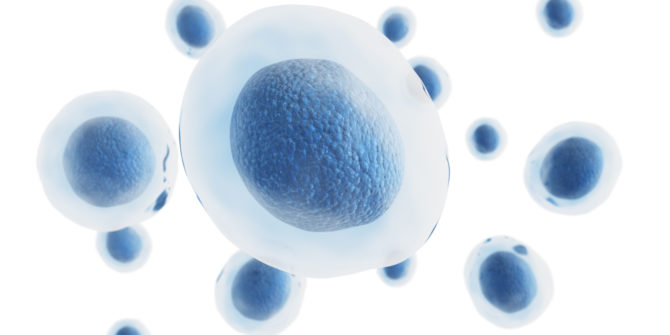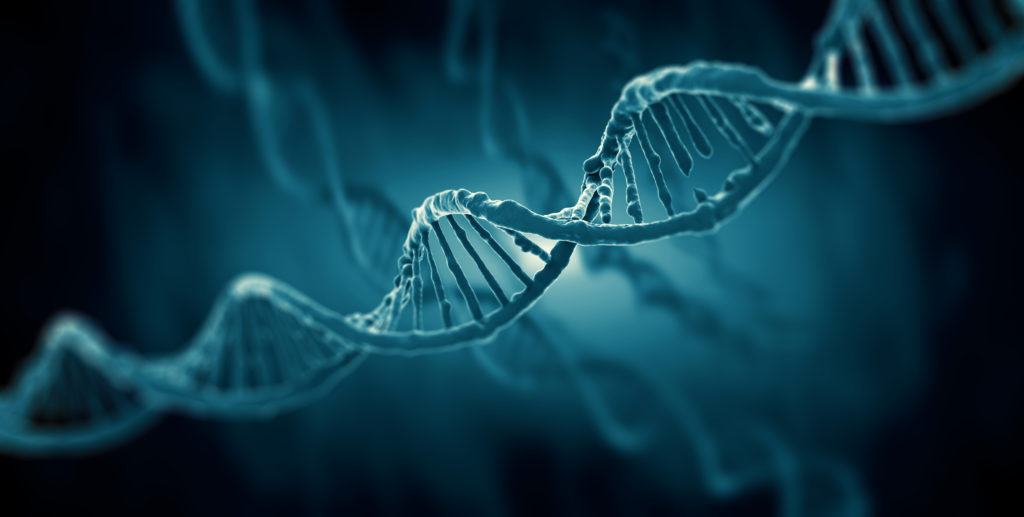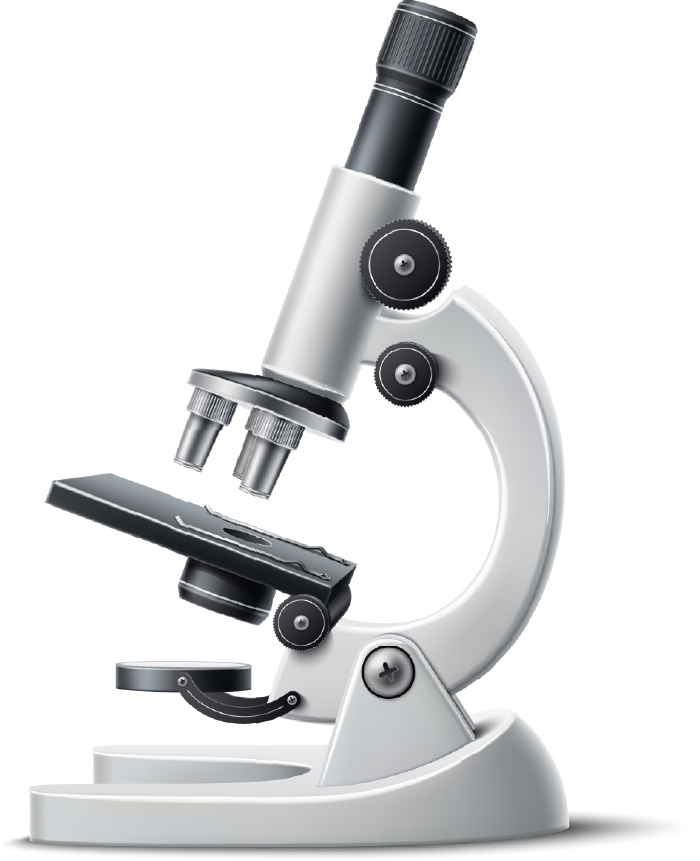The Building
Blocks of All
Organisms
Vocabulary
Can you find where all the definitions are in the text?
Cells
Cells are the smallest units of living organisms that carry out processes of life and can survive on their own.
Unicellular
Unicellular means to have only one cell.
Multicellular
Multicellular means to have many cells.
Cytoplasm
Cytoplasm is a jelly-like substance that fills plant cells and contains nutrients and chemicals that keep the plant alive.
Cell Membrane
The cell membrane is a thin layer of tissue around a cell that controls the way substances move in and out of the cell.
Nucleus
The nucleus is the control centre, or “brain,” of a cell.
DNA
DNA is a part of the body’s cells that tell each organism how to grow, repair itself, and reproduce.
Did you know that cells are the building blocks of all organisms on Earth? All living organisms are made up of tiny parts called cells. A cell is the smallest part of an organism, but this tiny part holds everything needed to carry out actions to keep the organism alive. Cells take in nutrients and turn them into energy. They also get rid of wastes, do work, and reproduce. Cells are vital!

Organisms made up of only one cell are unicellular. For example, an amoeba is a unicellular organism that is very tiny. It can only grow to a certain size and cannot be seen with the naked eye. Organisms made up of more than one cell are multicellular. For example, humans are multicellular and can grow to different sizes.
Cell Parts
Cells are classified into either plant or animal cells. Plant and animal cells are very similar and contain most of the same parts. All cells are filled with a jelly-like fluid called cytoplasm. This fluid contains many chemicals that help the cell stay alive. In addition, every cell has a cell membrane that keeps the cytoplasm inside. The cell membrane also keeps the parts of the cell together. Most cells have a nucleus, which is the cell’s command centre. The nucleus directs the cell’s actions and contains the DNA. DNA is the genetic material that lets cells reproduce themselves. It also lets them pass their traits on to new cells.

How Do We See Cells?
A microscope is needed to see most cells clearly. A light microscope can help you see bacteria and their structures, including the nucleus. The best microscope is the electron microscope. With it, you can see things much smaller than a cell.

To learn more about cells, watch the video by Smile and Learn on YouTube.
Show What You Know!
Complete some questions about the reading selection by clicking “Begin Questions” below.









